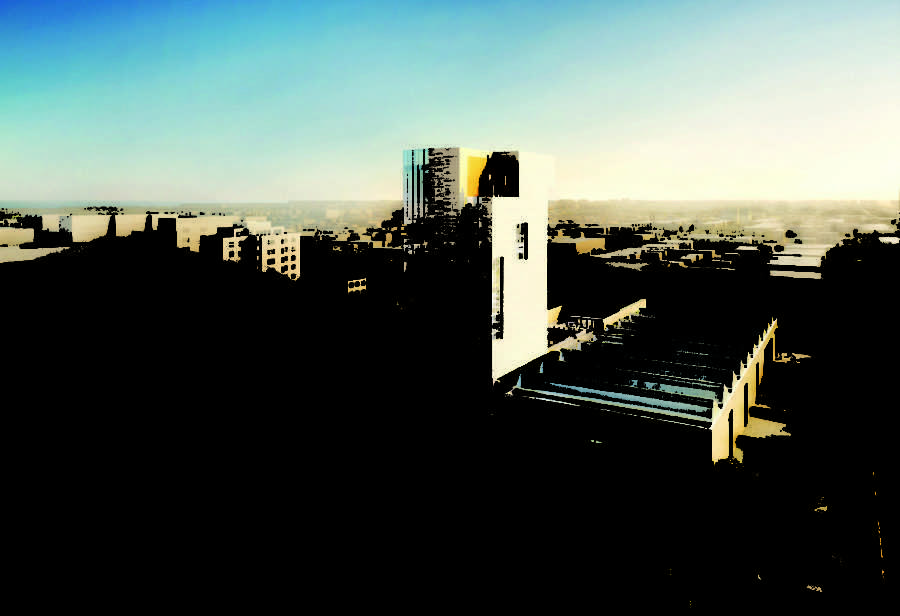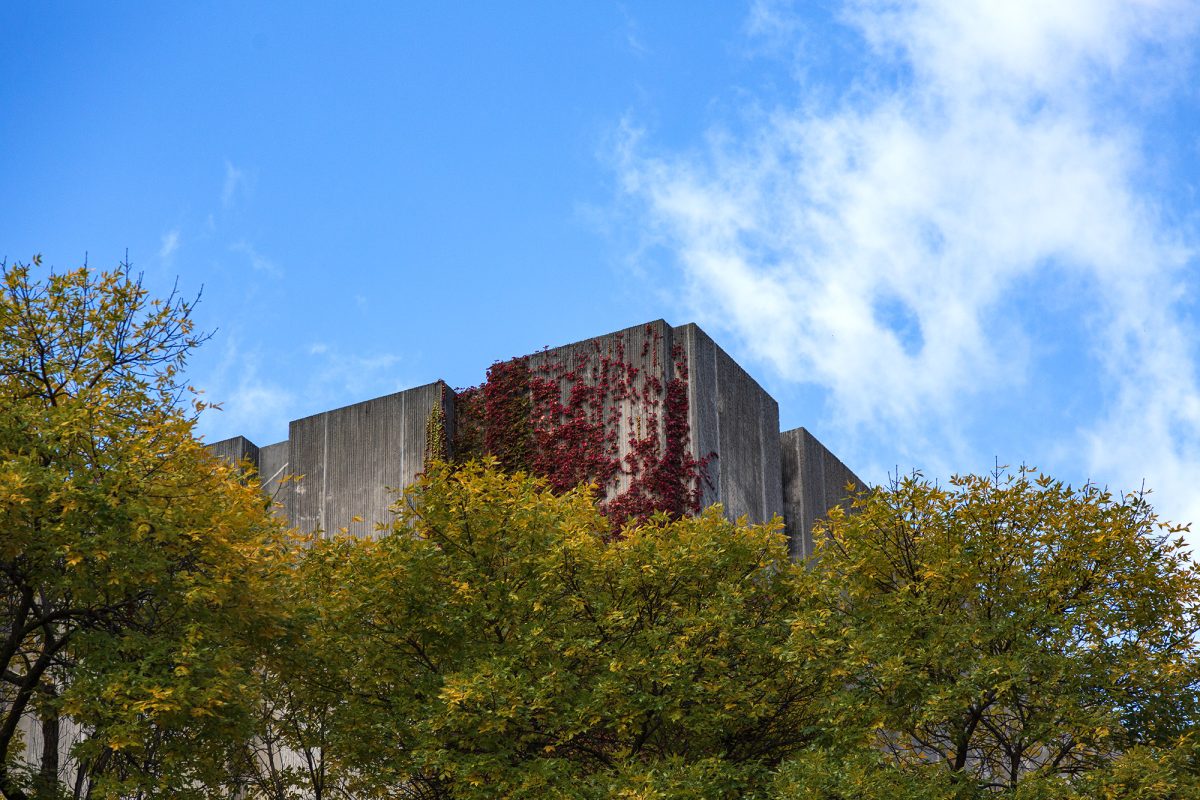Amidst wood chips, dust, and lumber at the construction site on 60th street and Ingleside, workers in yellow vests and hard hats carry materials, yell directions, and fire up loud machinery. Despite this chaos, the distinct outline of the Logan Arts Center (LAC) juts high above the Midway.
For the past ten years Bill Michel, director of the LAC, has been working with administrators, students, architects, and outside artists to create a building that would help foster collaboration among the different arts organizations on campus. But Michel is quick to point out that the LAC will serve as a supplement for much of what’s already on campus, not a complete replacement.
“This will be a center for arts activity on campus, not the center,” Michel said. “We still want arts to take place all over campus.”
A group of students and faculty from major on-campus arts groups are already developing ways to use the center’s 11 floors. Michel’s meetings with committees of students and faculty have governed the process since the beginning; and two weeks ago, a new student advisory board had its first meeting under the auspices of Michel, who coordinated the discussion with the help of Student Government Vice President for Student Affairs Meher Kairon. The meeting focused on the spring soft-opening celebration; board members pitched ideas and provided feedback for the proposed three-day event.
As the SG liaison, Kairon also works to represent smaller arts groups. At the advisory board meeting, she said one proposal that was popular was a 24-hour opening party. As a major part of the celebration, theatrics, musical performances, art installations, and other events would continuously take place inside and outside of the building.
Much of the facade of the building, designed by architects Tod Williams and Billie Tsien, will be glass windows from which patrons can look over the campus all the way to Navy Pier. Small gardens on the LAC’s lower-level rooftops (part of the initiative to make the building silver-LEED certified) will be visible from the top floors. Other major features include patios that can be used for solo artistry or small performances, a scenery-building shop adjoined to a prop-making shop, a 150-seat black box theater, and a 470-seat performance hall.
Kairon’s favorite part of the building is in a film classroom–a curved wall that she called an “infinite background,” meant to give the illusion that horizon shots are endless.
By Spring 2012, the debris will be replaced by the 11-floor Logan Arts Center, and actors, dancers, painters, and singers will take the place of construction workers. Michel has brought members of the arts community through the site, and by just looking, he sees the potential at work,
“I already see the energy around collaboration and working together,” he said. “You see the seeds of what’s really going to be possible in this building.”









